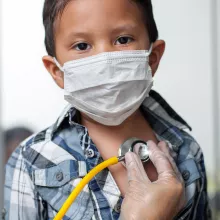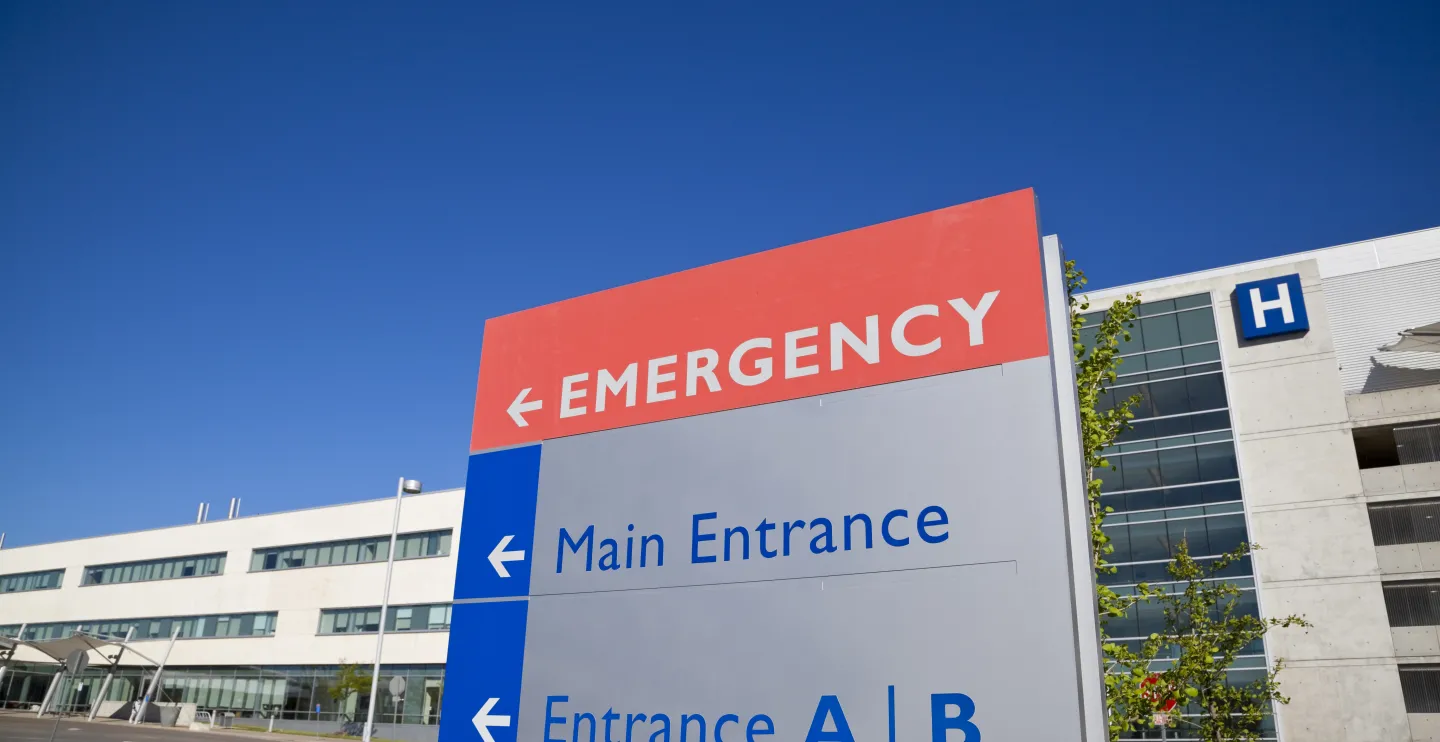South L.A., Antelope Valley lead L.A. County in preventable hospitalizations
These areas also have the highest proportions of adults on Medi-Cal
Media Contact:
Mike Fricano
310-794-5553
Key takeaways:
- In Los Angeles County, areas with the highest rates of potentially preventable hospitalizations and emergency department visits are the same areas with the highest percentages of adults insured by Medi-Cal.
- High rates seen in South Los Angeles and the Antelope Valley suggest better outpatient care is needed there.
- Study authors recommend that policymakers and payers should consider improving access to care and increasing payments for Medi-Cal providers to help narrow health equity disparities.
If you’re a Los Angeles County resident living with chronic health conditions like diabetes, asthma, or hypertension, your risk of a preventable hospitalization or emergency department visit is considerably higher if you live in a lower-income area like South Los Angeles, according to a new UCLA Center for Health Policy Research study.
Researchers found that South Los Angeles has the highest rate of preventable hospitalizations (1,252 per 100,000 adults), followed by the Antelope Valley (888). The South Los Angeles rate is 1.4 times the rate for Antelope Valley and 1.7 times the rate for West Los Angeles, which has the lowest rate (735).
High rates of preventable hospitalizations and emergency department visits in an area suggest that outpatient care is insufficient for the needs of the people living there, the report states. This is because of inequities in access to and quality of health care combined with acute need in these areas.
South Los Angeles also has the highest proportion of adults covered by Medi-Cal (35.2%), the state program that pays for a variety of medical services for people with limited incomes and resources. The Antelope Valley has the second-highest percentage (27.9%), while West Los Angeles has the lowest percentage of adults insured through Medi-Cal (10.7%).
“These disparities are another striking example of the health care system failing to properly serve the people who are most medically and socially vulnerable,” said Ninez Ponce, director of the UCLA Center for Health Policy Research, or CHPR, and lead author of the study. “People shouldn’t become desensitized to these inequities. Instead, this should raise the alarms that we need to fix our systems.”
People with common conditions don’t get appropriate care
Researchers from the UCLA CHPR and the Martin Luther King, Jr. Community Healthcare Center for Advancing Health Equity analyzed patient discharge data for hospitalizations and emergency department visits from 2016–2021 from the California Department of Health Care Access and Information. They identified admissions for conditions for which hospitalizations and emergency department visits are typically preventable with appropriate disease management to calculate rates of preventable admissions.
These conditions include but are not limited to:
- Diabetes
- Chronic obstructive pulmonary disease
- Asthma
- Hypertension
- Heart failure
- Dehydration
- Bacterial pneumonia
- Urinary tract infection
They used data from the UCLA CHPR’s California Health Interview Survey to determine the percentage of adults with health insurance through Medi-Cal for the eight service planning areas in Los Angeles County.
Proper disease management entails regular visits to primary care providers and specialists, along with taking medications as prescribed.
“Regular visits build relationships between patients and providers, promote preventative care, and encourage adherence to treatment regimens,” said Susan Babey, co-director of the Chronic Disease Program at the UCLA CHPR and study co-author. “These relationships are a benefit that people with private insurance enjoy but that everyone should have access to.”
Multiple studies conducted by outside researchers suggest that higher Medicaid reimbursement rates are associated with better access to health care. Yet for all services, California ranks 32nd in the nation in its Medicaid-to-Medicare Fee Index.
“If we adequately financed primary and specialty care services in areas with high rates of preventable hospitalizations that could make a real difference in managing chronic conditions like diabetes,” Babey said.
The rate of potentially preventable diabetes-related hospitalizations in South Los Angeles (327 per 100,000) is 1.5 times the rate in Antelope Valley (213 per 100,000) and is 2.5 times the rate in West Los Angeles, which has the lowest rate (128 per 100,000).
Making health care harder to get is bad business
Although Medi-Cal (California’s Medicaid program) recipients have better access to care than adults without insurance, research suggests that Medi-Cal recipients face barriers seeing doctors compared to those with Medicare or private health insurance. The gaps in access can be attributed to lower payments to Medi-Cal providers, shortages of Medi-Cal providers in under-resourced communities and fewer doctors accepting Medi-Cal compared to private insurance, the study said.
Preventable hospitalizations and emergency department visits are estimated to cost 2.5 to 10 times more than outpatient visits. In California alone, more than $3.5 billion is spent on hospitalizations that are potentially preventable with better outpatient care. In 2021, there were more than 220,000 preventable hospitalizations in the state with more than 25% of them (58,000-plus) in Los Angeles County.
“Beyond the moral imperative to provide quality health care for everyone, there’s a strong financial incentive to lower the number of preventable hospitalizations and emergency department visits,” Ponce said.
Recommendations
In the study, the researchers said that state and local policymakers and payers should consider the following recommendations to prevent costly emergency department visits and hospitalizations:
- Improve access to primary and specialty care. Payers, such as the Centers for Medicare & Medicaid Services, should increase the proportion of spending allocated to primary care. New health centers should be built in areas with federally designated shortages.
- Increase payments for Medi-Cal providers. In California, Medi-Cal providers are paid 73 cents for every dollar paid to Medicare providers. Improving payment rates for health care providers can help attract and retain skilled professionals in communities with populations who are predominantly on Medi-Cal.
The researchers are encouraged that California recently passed legislation that will increase provider reimbursement rates for some services, including primary care. This change targets rate increases for primary care, obstetric, and nonspecialty mental health services to no less than 87.5% of the Medicare rate.
Read the publications:
- Policy Brief: Geographic Disparities in Preventable Hospitalizations and Emergency Department Visits in Los Angeles County
- Infographic
#
About the UCLA Center for Health Policy Research
The UCLA Center for Health Policy Research (CHPR) is one of the nation’s leading health policy research centers and the premier source of health policy information for California. UCLA CHPR improves the public’s health through high quality, objective, and evidence-based research and data that informs effective policymaking. UCLA CHPR is the home of the California Health Interview Survey (CHIS) and is part of the UCLA Fielding School of Public Health.














